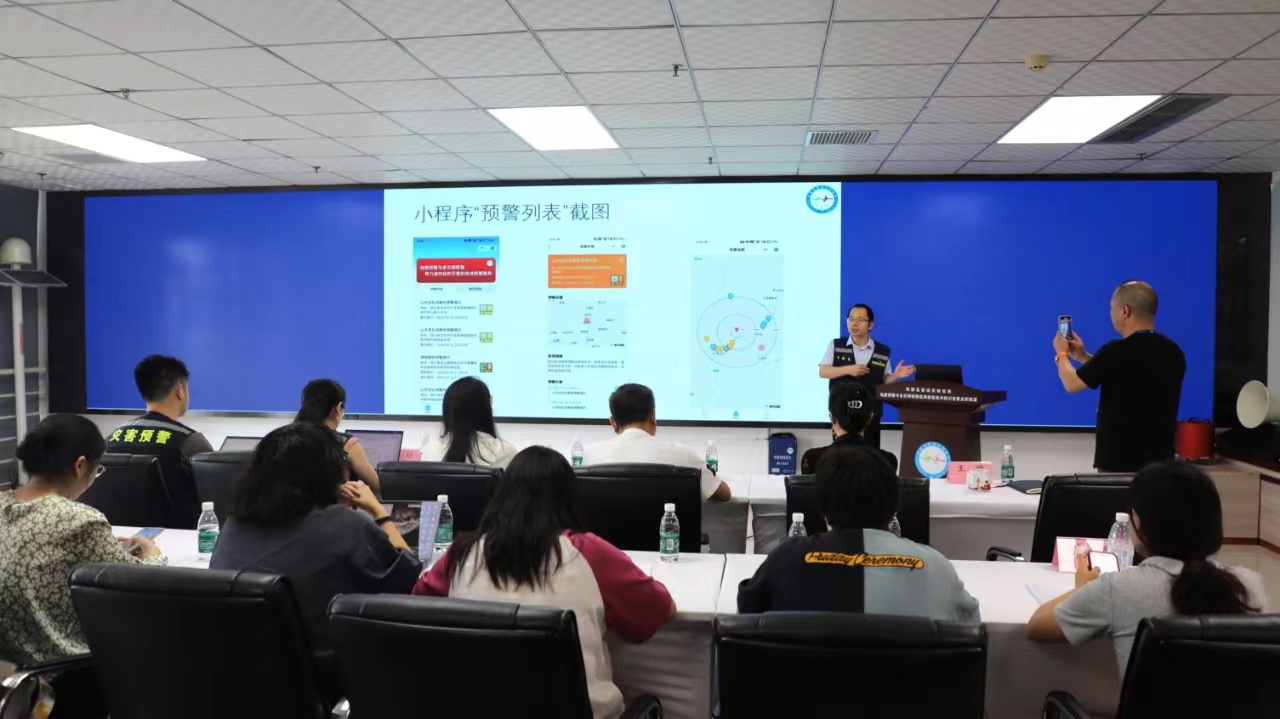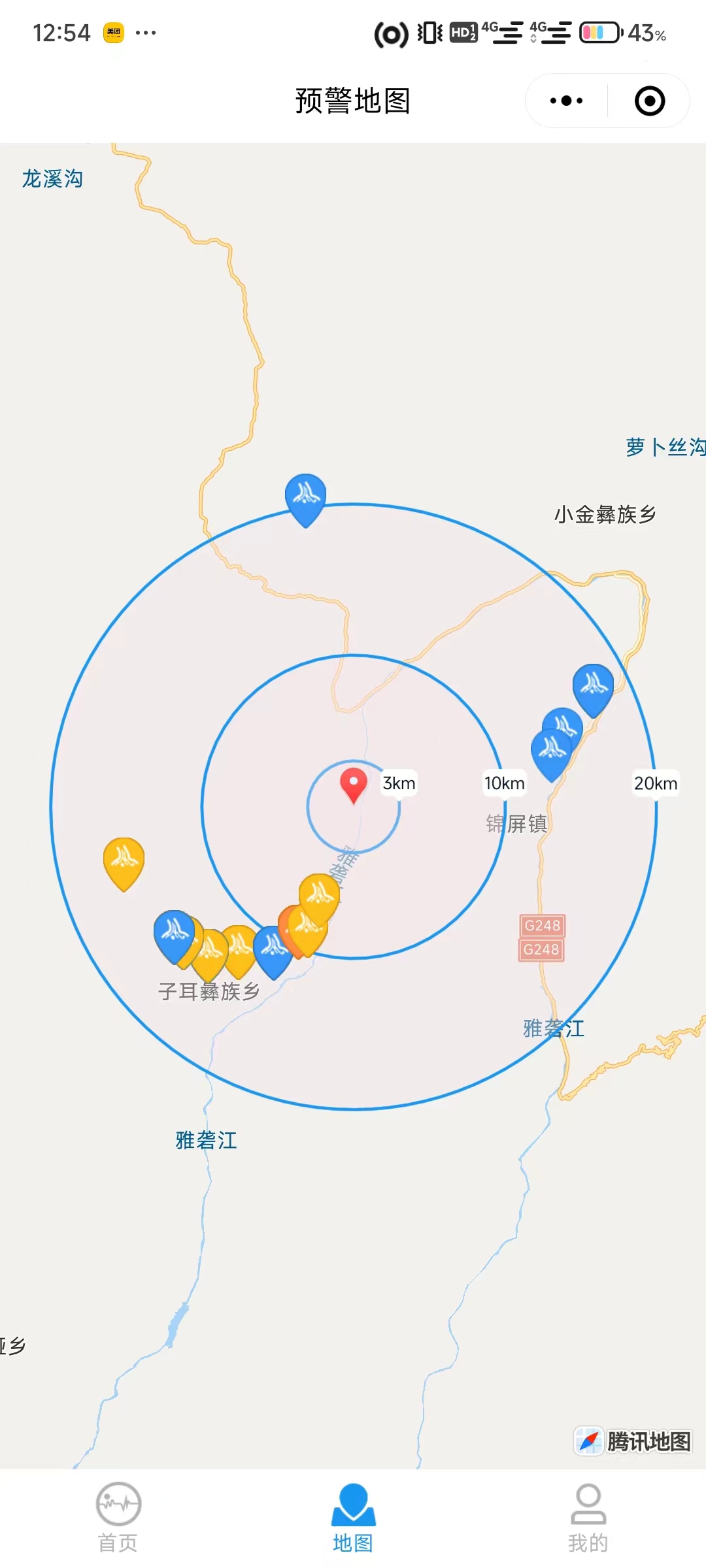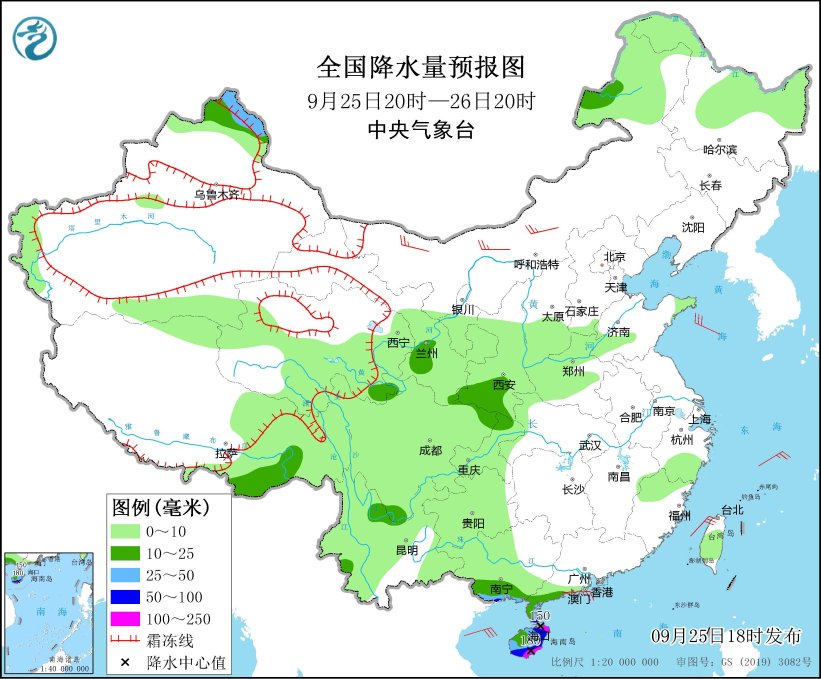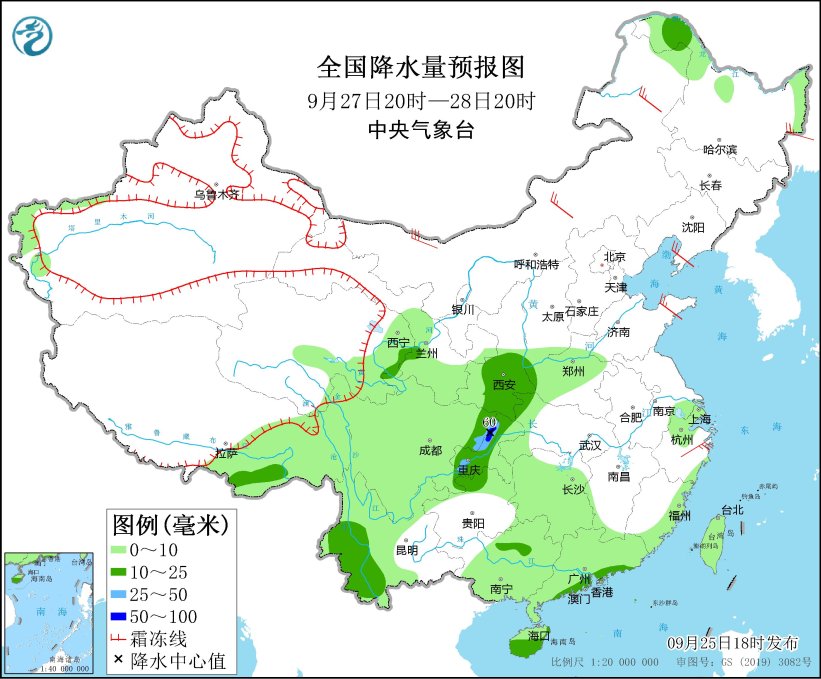A clear arrangement of susceptible cancer species in each region is more conducive to targeted prevention.
China provincial cancer map released.
Recently, the National Cancer Center and the Cancer Hospital of China Academy of Medical Sciences published the epidemic data of malignant tumors in China in 2016 in Chinese Journal of Oncology, which, to some extent, represented the latest data analysis of cancer incidence and death in China.
This report, entitled "Analysis of Cancer Epidemiology in China in 2016", has a data collection deadline of August 31, 2019, including data from 31 provinces (autonomous regions and municipalities) in China, covering 380 million people.
Different from the past, this report first published the epidemic situation of major cancer spectra in various provinces. According to statistics, there are some differences between major epidemic and high mortality cancers in different provinces. With the highest incidence of cancer in China — — Take lung cancer as an example. In Tibet, Gansu and Qinghai, lung cancer did not rank first. Although nasopharyngeal carcinoma ranks 20th in the incidence of cancer in China, it is the most common cancer species in Guangdong, Guangxi and Hainan, with the incidence ranking fifth.
Zhi Xiuyi, director of the lung cancer diagnosis and treatment center of Capital Medical University and chief expert of thoracic surgery in xuanwu hospital of Capital Medical University, analyzed Caijing that the regional differences of cancer incidence are related to the industrial structure, culture and lifestyle of various provinces and cities. With the development of health construction and data statistics, there will be a clearer arrangement of susceptible cancer species in various regions, so as to carry out more targeted prevention.
Lung cancer is still the number one killer, and the incidence of young people is getting higher.
Judging from the number of cases, lung cancer still ranks first in the incidence of malignant tumors in China. In 2016, there were about 828,100 new cases of lung cancer in China, and 657,000 people died of lung cancer.
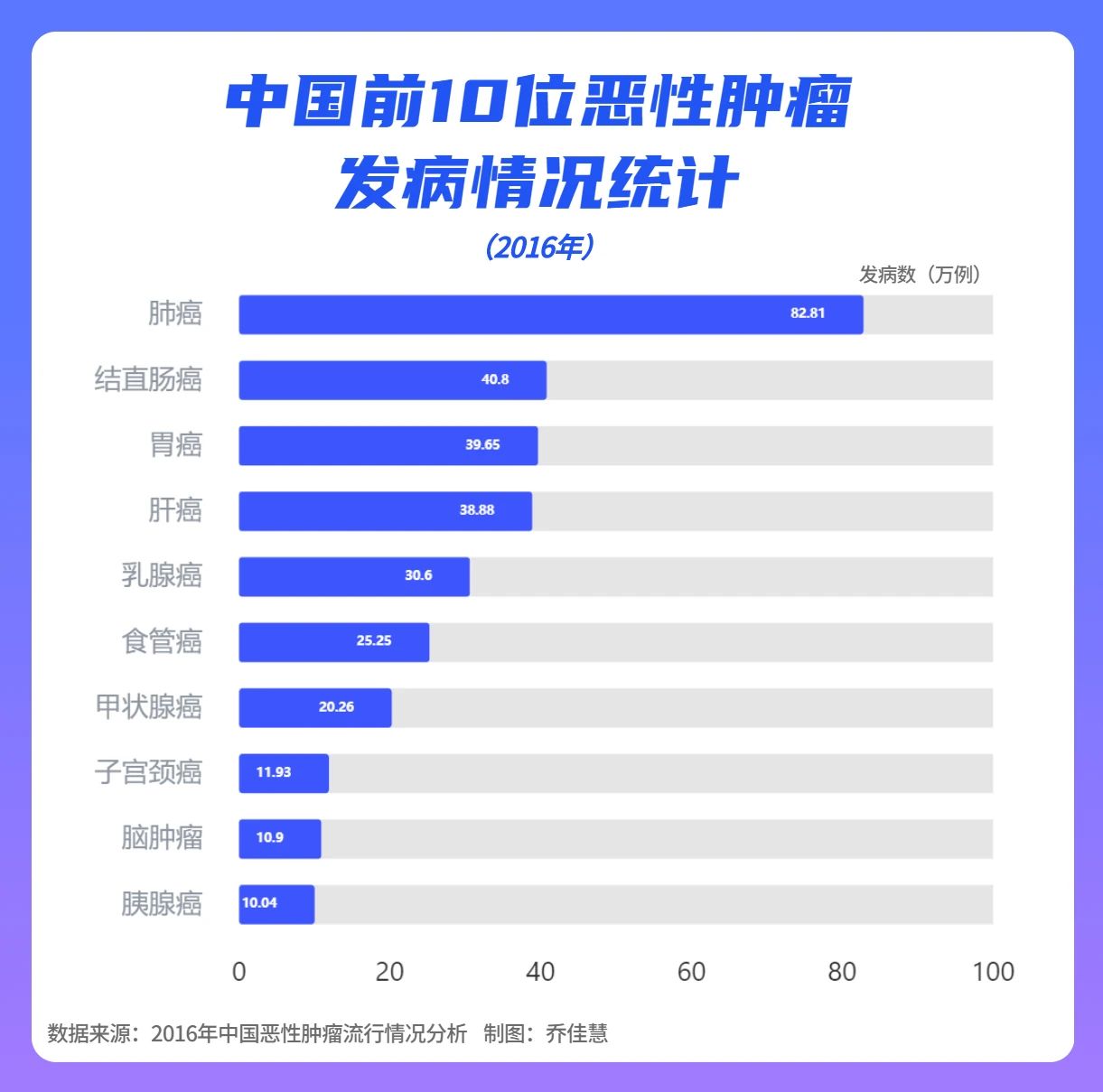
The researchers collected data from 683 cancer registries in China, excluding those that did not meet the quality control standards, and finally included data from 487 registries, covering 192 million urban population and 188 million rural population.
The incidence of lung cancer ranks first in 28 provinces, autonomous regions and municipalities, but ranks second in Tibet, Gansu and Qinghai. The mortality rate of lung cancer ranks first in 26 provinces, autonomous regions and municipalities, but ranks second in Gansu, Qinghai, Guangxi, Hainan and Tibet.
Lung cancer can’t be ignored in first-tier cities. Taking Shanghai as an example, lung cancer ranks first in morbidity and mortality for both men and women.
Lung cancer is the first malignant tumor in Shanghai in 2016, with more than 14,000 cases, accounting for 19.34% of all malignant tumor cases, and the crude incidence rate is 99.41/100,000. 9170 cases died of lung cancer, accounting for 24.78% of all malignant tumor deaths.
According to the analysis, the low incidence data of lung cancer in some provinces is related to the accelerated aging process and the incomplete detection of lung cancer. In Beijing, Shanghai and other places, the average life expectancy has exceeded 80 years, and the medical level is higher, which makes it easier to detect related diseases.
There are about 830,000 cases of lung cancer every year, which may be related to the high smoking rate in China. A study published by The Lancet Global Health shows that 45.2% of cancer deaths among adults aged 20 or above in China are related to modifiable risk factors, such as smoking. 24% and 4.8% of male and female lung cancer deaths in China can be attributed to smoking.
Other risk factors that can be changed are secondhand smoke, drinking, lack of exercise, unhealthy diet, overweight or obesity, diabetes, ultraviolet radiation and PM2.5
It is worth noting that lung cancer also has a younger trend.
According to statistics, the incidence of young lung cancer in China is 12.1%. In contrast, in the SEER database from the National Cancer Institute, the incidence of lung cancer among young patients in the United States is about 4%.
When analyzing the "clinical characteristics of young lung cancer patients", the research team of Oncology Department of Provincial Hospital affiliated to Anhui Medical University found that when most young patients in China were diagnosed with early lung cancer, lung nodules were found during physical examination. The possible reason for this phenomenon was that with the popularization of low-dose spiral CT in physical examination, the prevalence rate of ground-glass nodules continued to increase.
However, national comprehensive cancer network (NCCN) guidelines for lung cancer screening do not recommend low-dose CT screening for lung cancer in people under 50 years old or smoking for less than 20 years, which may lead to over-diagnosis and over-treatment.
According to Zhi Xiuyi’s analysis, some young people have been smoking since their teens, and they have been smoking for nearly 20 years in their thirties. In addition, young people may also smoke second-hand smoke and third-hand smoke, and long-term exposure to haze environment may easily lead to lung cancer.
Beishangguang is not prone to esophageal cancer, but beware of kidney cancer and nasopharyngeal cancer.
This cancer epidemic report reveals for the first time the cancer situation of people in different provinces, and it can be found that the incidence and mortality of different types of cancer show regional differences.
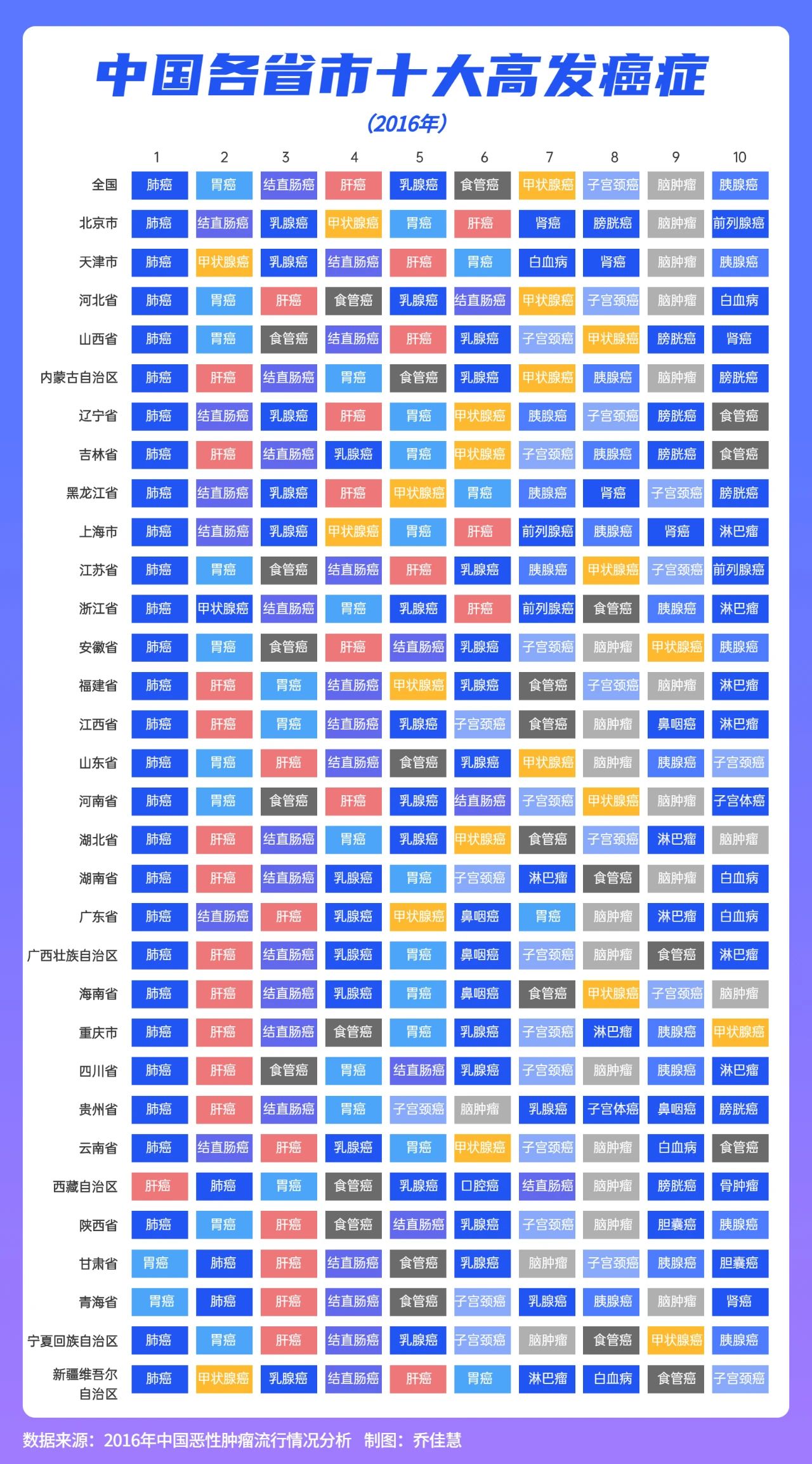
For example, among the 31 provinces (autonomous regions and municipalities) in China, thyroid cancer ranks seventh in China, but ranks second in Tianjin, Zhejiang and Xinjiang.
People in Beijing, Tianjin, Shanghai and Guangdong are not easy to suffer from esophageal cancer. Although the incidence of this kind of cancer ranks sixth in China, it ranks around 15th in all these areas. Moreover, in Shanghai and Tianjin, the mortality rate of esophageal cancer has dropped to the tenth place.
However, the incidence of renal cell carcinoma in Beijing and Shanghai is significantly higher than the average level in China, and both of them are in the top ten of regional cancer incidence, and the incidence of this kind of cancer ranks 15th in China as a whole.
The typical feature of the high-incidence cancer map in Guangdong Province is nasopharyngeal carcinoma, which ranks sixth, but the overall cancer incidence rate in China ranks 20th. Similar to this situation are Guangxi and Hainan.
Nasopharyngeal cancer is even called "Guangdong cancer".
Meng Ruilin, deputy director of the Center for Chronic Non-communicable Diseases Prevention and Control of Guangdong Provincial Center for Disease Control and Prevention, once mentioned in an interview with the media that according to the estimation of the World Health Organization, about 80% of nasopharyngeal carcinoma cases in the world are in China; According to China experts’ rough statistics, about 80% of nasopharyngeal carcinoma cases in China are in six provinces of South China, among which Guangdong ranks first.
People in Tianjin, Zhejiang and Xinjiang are more susceptible to thyroid cancer, which ranks seventh in China and second in all these areas. People in Heilongjiang, Jilin and Liaoning are more likely to die of bladder cancer, and the mortality rate is in the top 10.
According to the level of regional development, different types of malignant tumors have obvious geographical distribution characteristics. In relatively developed areas, lung cancer, colorectal cancer, breast cancer, thyroid cancer and prostate cancer are the main causes. However, in areas with relatively backward social economy, digestive tract tumors, such as gastric cancer, esophageal cancer and liver cancer, are still high, accompanied by colorectal cancer and breast cancer.
An analytical article published by Pan Zhan, deputy chief physician of oncology department of Zhongshan Hospital affiliated to Xiamen University, pointed out that at present, the characteristics of cancer in China are the decline of "poor cancer" and the rise of "rich cancer".
In the past, the so-called "rich cancers", such as colorectal cancer and breast cancer, which were low in China and high in developed countries, showed a continuous upward trend. The incidence of these cancers has a considerable relationship with the modern "rich" lifestyle, especially obesity, sedentary lack of exercise, and great mental stress.
However, the so-called "poor cancers" with high incidence and poor prognosis in China, such as esophageal cancer, gastric cancer, liver cancer, etc., have decreased year by year. However, the decline is not obvious, and it still occupies a relatively high level.
Women in western China have a high incidence of lung cancer, while men in Shanghai and Xinjiang should be careful of prostate cancer.
Gender differences also make cancer mortality and cancer types different.

In terms of quantity, in 2016, there were 2,234,300 new cancers among men and 1,530,700 deaths; There were 1,829,600 new cancers and 882,800 deaths among women. The crude incidence rate and mortality rate of cancer in men, and the cumulative incidence rate and mortality rate of 0-74 years old were significantly higher than those in women.
Lung cancer is a common new cancer in men, with 549,800 in 2016; Breast cancer is a common new cancer among women, with 306,000 women suffering from breast cancer.
If the gender difference is superimposed on the regional influence, the difference is even more obvious.
Men in Shanghai and Xinjiang are more likely to die of prostate cancer, and the mortality rate is in the top 10; Women in Shanxi, Henan, Hunan, Guizhou, Gansu and Qinghai have a higher mortality rate of cervical cancer, ranking in the top 10 in the above areas.
In addition, the incidence of lung cancer among women in the western region has surpassed that of breast cancer, making it the highest incidence of female cancer in this region.
Cancer is becoming a common disease?
Cancer has become one of the major diseases that seriously threaten human health and lead to death.
The number of cancer cases in China exceeds 5 million every year. Zhi Xiuyi analyzed Caijing. If we count the people who are still alive after suffering from cancer, there are tens of millions of cancer patients living around us. Now we should treat cancer as a common disease.
Cancer is also the leading cause of death worldwide. According to the data released by the World Health Organization (WHO), in 2020, nearly 10 million deaths (or nearly one sixth) were caused by cancer. Among them, the most common breast cancer, lung cancer, colon cancer, rectal cancer and prostate cancer.
This is similar to the data disclosed by China. According to the survey results of cancer data in 2016, the top 10 high-incidence malignant tumors in China are lung cancer, colorectal cancer, gastric cancer, liver cancer, breast cancer, esophageal cancer, thyroid cancer, cervical cancer, brain tumor and pancreatic cancer. Among them, the top 5 cases accounted for 57.27% of all malignant tumors.
Cancer originates from the multi-stage process of transforming normal cells into tumor cells, usually from precancerous lesions to malignant tumors. A decisive feature is the rapid generation of abnormal cells, which grow beyond their usual boundaries and can invade adjacent parts of the body and spread to other organs, the latter being called metastasis. Extensive metastasis is the main cause of cancer death.
Early detection and treatment can reduce cancer mortality. Among them, standardized anti-cancer physical examination is an important way to find cancer and precancerous lesions.
In March, the Work Points of the Healthy China Action 2023 released by the Office of the Healthy China Action Promotion Committee related to the "cancer prevention and control action", suggesting that high-risk groups should choose professional medical institutions for regular cancer check-ups, and choose the appropriate physical examination interval according to their age and previous examination results.
At present, most common cancers can be found early by medical technology, such as gastrointestinal cancer can be found by gastrointestinal endoscopy, lung cancer can be found by low-dose spiral CT in the chest, and breast cancer can be found by ultrasound combined with molybdenum target.
Taking the prevention and treatment of lung cancer as an example, Zhi Xiuyi believes that CT equipment that has been widely used in various places can be used to strengthen and promote the screening of lung cancer. CT equipment can detect pulmonary nodules or early lung cancer earlier, and the blowout outbreak of pulmonary nodules in the past three years is also related to this. After early detection, effective treatment can be taken to improve the survival rate of patients.

